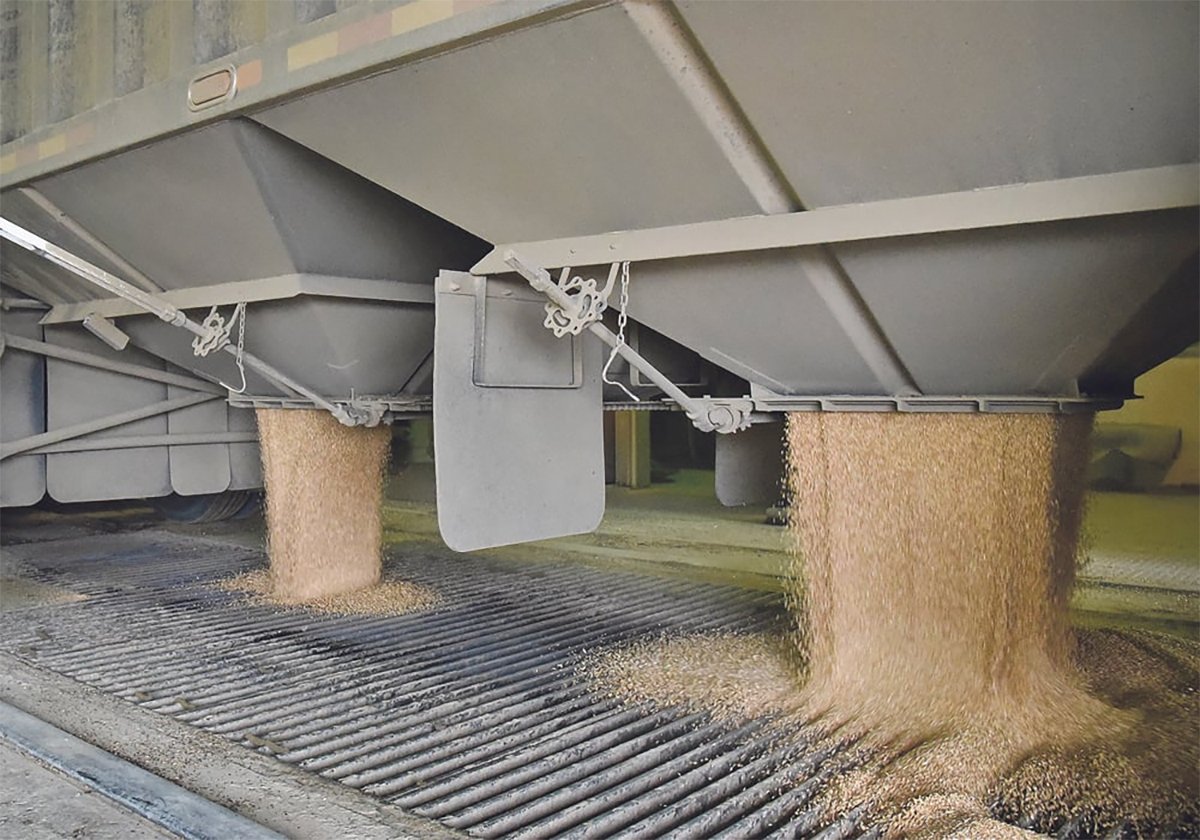My head is full of facts about the Henry Hub, about how to calculate a crack spread, about why Cushing, Oklahoma is important to USO, and about how the final fixing is done by the London Gold Pool.
Today I have to write the exam for the Canadian Securities Institute’s Commodities as Investments course, and I’ve been cramming. Since I write about commodities all the time, I should probably know all this stuff anyway. But I must admit before taking this course I didn’t actually know that “standard conditions” for contracted natural gas assumes the gas is at 15 degrees Celcius and at a pressure of 101.325 kilopascals, and that one British Thermal Unit represents the approximate energy needed (252 calories) needed to raise one pound of water one degree Fahrenheit. Or that one mmBtu equals 1.055 gigajoules, and because they’re so close GJs and mmBtus are often treated as the same.
Read Also

Worrisome drop in grain prices
Prices had been softening for most of the previous month, but heading into the Labour Day long weekend, the price drops were startling.
Go figure.
I’ve learned piles of stuff about commodity investment vehicles and the intricacies of owning, pricing and trading gold, crude oil, natural gas, gold and grains. Much of it won’t be of practical value in covering the ag markets – which is what I do most of the time – but many concepts in other commodities apply perfectly to the ags, but with slightly different terminology and in slightly different ways – which throws useful perspective on what we do in the ags.
For instance, the “crack spread.” The crack spread is the term in crude oil (this will be well-known by all of you working in the oil patch) used for describing a way to quickly work out the margin from processing a barrel of oil. Since a barrel of oil breaks down to about two-thirds gasoline and one third heating oil, an easy equation can be formed by taking the price of three barrels of oil and subtracting that from the combined price of two barrels of gasoline plus one barrel of heating oil. The crude is “cracked” into those two components, and the “spread” is the margin above the price of the crude. You can buy or sell the spread in order to protect your company’s profits from either producing and selling crude, or buying crude, refinining it and selling the products.
I’m always covering crack spreads in the ags. Recently at hog market outlook sessions I heard a lot about, and wrote a little about, the effect of wild volatility and huge swings in the prices of corn and Chicago lean hogs futures, which led to a terrible margin crush for most hog producers when corn went up and hogs went down. Analysts like Tyler Fulton of h@ms hog marketing agency were encouraging producers to watch out more for corn prices moves than hog price moves, because the corn was more likely to have a big impact on hog margins. He was telling folks to watch their hog crack spread.
And about a week ago I sat down with Mike Krueger of Fargo-based The Money Farm to talk about trends in farm hedging over the past 20-some years, and he drew special attention to the need for farmers to cover their fertilizer and crucial input costs at the same time as they set forward corn prices. The reason: fertilizer and most crops have tracked each other remarkably closely for the past few years – especially with corn it’s been almost exact most of the time – and if farmers lock in new crop corn prices early but wait to lock in fertilizer prices in the spring, they run the risk of having priced crop too soon and priced fertilizer too late, as happened in 2007-08. In other words, they allow a huge danger to their crops’ crack spread to form. This killed the returns of a lot of growers in the past few years.
This is obviously not a new concept or observation, and a commonplace among farmer advisors and many thoughtful farmers, but it is surprising how few farmers still make sure they are protecting their margins – their crack spread – when they lock in future sales prices. That was Mike’s point.
So a few hours from now, after I’ve written my exam, I hope to retain some of this knowledge about disparate commodities and not see it all drain out of my brain, like the oil leaking from the 1978 Buick Electra sitting almost-forgotten in a shed on the McMillan estate near Moose Jaw.
I may not be able to employ much of my newfound knowledge about the role of the chairman of the London Gold Pool in “fixing on discretion,” but hedging is hedging and I hope that some concepts manage to drag themselves across my brain, from the area reserved for “extraneous knowledge” to “ag-useful knowledge.”
So if in the future you see me referring to the “crack spread” or “the Henry Hub of agriculture,” it’ll be because I’m trying to employ this stuff in a useful capacity.
Or perhaps it’ll be because I’m trying to push a point too hard. (I seem to do that a lot.)















